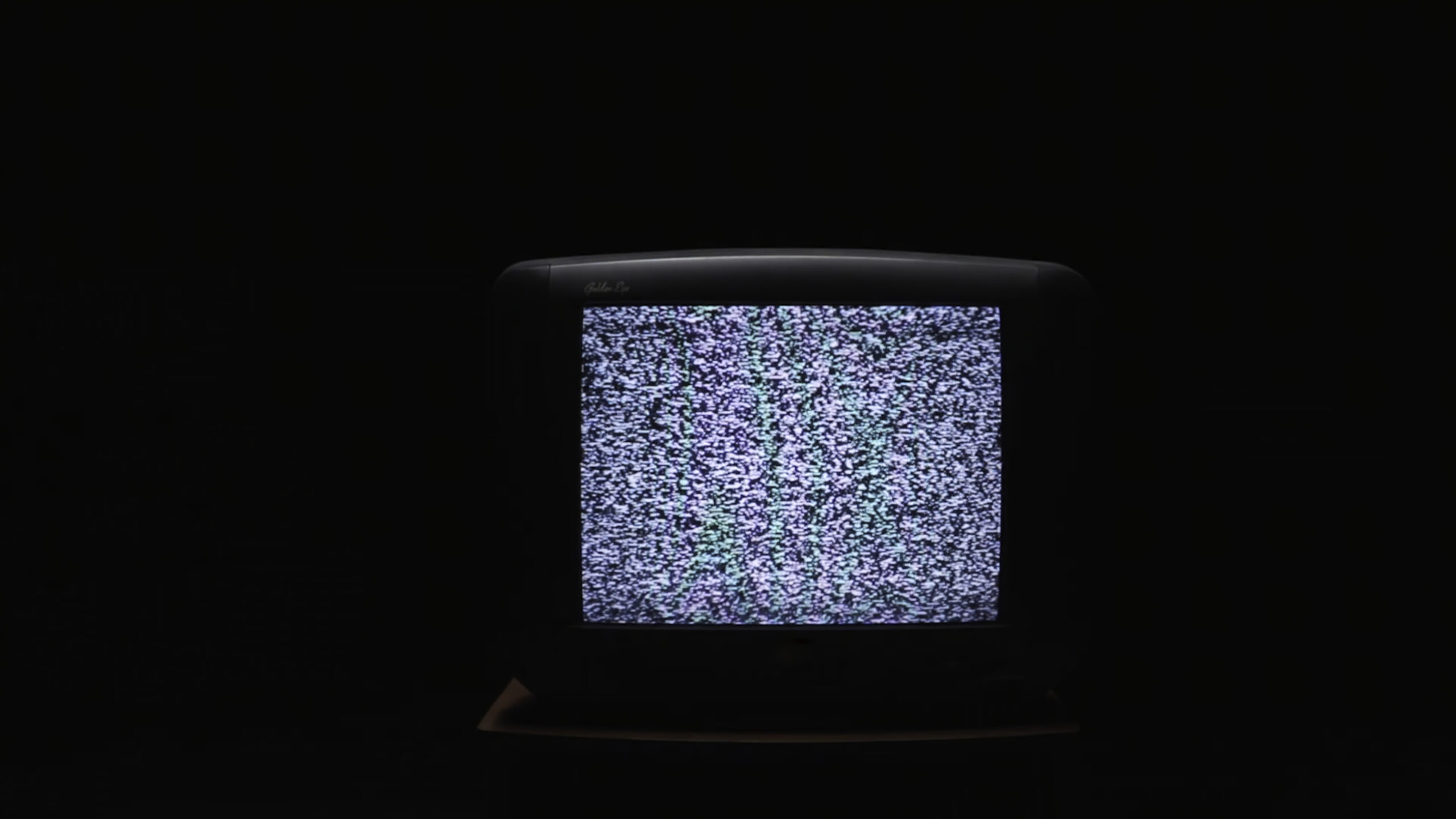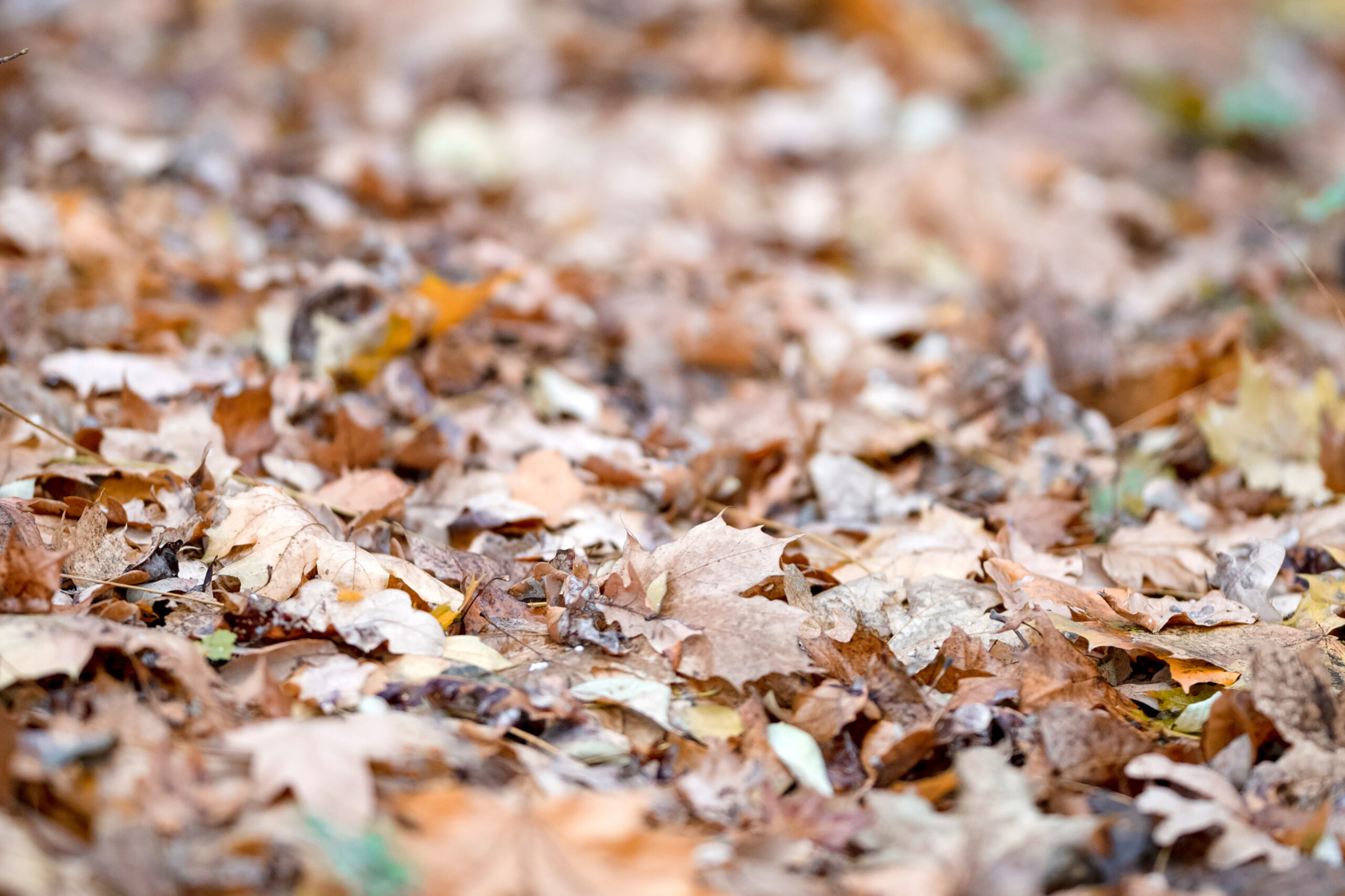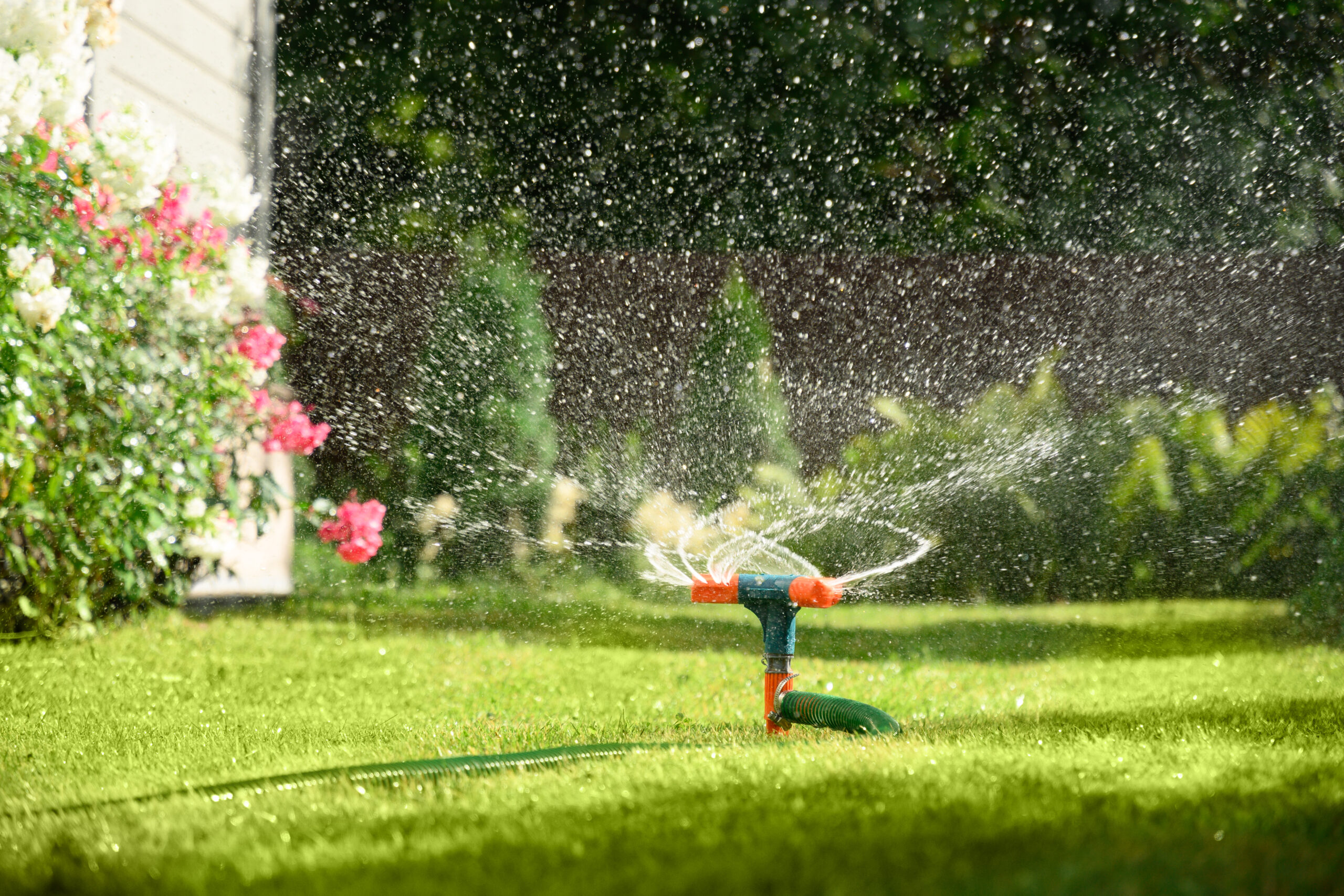THE WASHINGTON POST – There’s no question that noise can be a nuisance. It can distract you from what you’re doing, interfere with your sleep, put you in a bad mood, ratchet up your stress level or affect you in other disruptive ways.
But not all noise is problematic.
In fact, different colours of noise (yes, you read that right) could actually help you feel and function better. Which may be why YouTube videos and other social media posts about the benefits of exposure to pink, green, brown, white and other types of noise are trending.
Coloured noises are having a major moment.
“Different colours of noise emphasise different frequencies over others – they have energy in different parts of the sound spectrum,” explains Barbara Shinn-Cunningham, the director of the Neuroscience Institute at Carnegie Mellon University.
“They all have a quality that’s boring to the brain and makes other sounds less perceptible. The main effect is to drown out unexpected or disruptive sounds that would distract you or compromise your attention.”
While there’s more research supporting the use of some noise colours than others, there’s growing interest in the entire spectrum.
Whether it’s called sound therapy, auditory stimulation or auditory masking, listening to different “coloured” sounds could help you feel, focus or sleep better at home.
“Using these sounds to mask or cover distracting sounds is a lot more applicable to people’s lives than soundproofing is,” says Catherine Franssen, a neuroscientist and professor of biological sciences at Longwood University in Virginia.
“It’s a relatively cheap way of making a big change, and you can vary the effects a lot.”
Here’s a look at how different noise colours compare.

White noise
Sounds like: The static of a TV or radio, or the whir of a fan.
Use it to: Drown out distractions.
The best known noise colour includes all the frequencies of sound the human ear can hear with equal energy distributed across the frequencies.
In other words, “you’re hearing all the different sounds at once,” says Mack Hagood, an associate professor media and communication at Miami University in Ohio and the author of “Hush: Media and Sonic Self-Control.”
“White noise is especially good for blocking out other irregular and unpredictable noises, like your upstairs neighbours or phones ringing nearby,” says Alicia Walf, a neuroscientist and senior lecturer at Rensselaer Polytechnic Institute in Upstate New York.
Some research has found that listening to white noise helps people sleep better in urban environments, and a study in a 2021 issue of the International Archives of Otorhinolaryngology found that white noise (and pink noise) can relieve tinnitus (ringing in the ears).
White noise also has been shown to help children with ADHD improve their performance on tasks involving working memory and focused attention.

Pink noise
Sounds like: Light rainfall, leaves rustling or a steady heartbeat.
Use it to: Fall asleep more easily and sleep more soundly.
A close cousin to white noise, pink noise also contains all the frequencies humans can hear, but it has more power in the lower frequencies than in the higher ones, according to the American Academy of Audiology. “It has a smoother, more balanced sound,” Franssen says.
Besides helping with tinnitus, research has found, exposure to steady pink noise can reduce the complexity of people’s brain waves and improve their sleep stability and quality.
In addition, pink noise can enhance work efficiency, improving executive function, judgment and speed on mental performance tests, according to research from Taiwan. And, Walf says, “pink noise has been shown to improve memory retention in older people.”

Brown or red noise
Sounds like: Steady rain, distant thunder or a waterfall.
Use it to: Help you concentrate.
Brown noise, also called red noise, is usually lower in tone and intensity than white or pink noise. Because it has a deep and steady sound, it is helpful for masking unwanted sounds.
“It’s similar to the sound conditioners therapists use in waiting rooms – it’s unobtrusive,” Hagood says. “People find those pleasant.”
Despite anecdotal evidence and testimonials on social media, there isn’t much research on the benefits of brown noise, but there are hints about how it can help.
A study in a 2017 issue of Applied Acoustics found that listening to brown noise reduced disturbances to workers’ concentration in an open-plan office. Research also has found that exposure to brown noise can enhance the transition into REM sleep for some people.

Green noise
Sounds like: The flow of waves or water.
Use it to: Help you relax.
Unlike the others, which “have mathematical equations to define them,” Franssen says, “this is not an official color of noise.” Depending on the information source, green noise is variously described as being like background noises in nature, the sound of rhythmic ocean waves or a babbling brook.
So far, scientific studies haven’t investigated the benefits of green noise. But that hasn’t prevented it from garnering attention on social media. Green noise “can have a centring effect and a calming effect on the nervous system,” Franssen says. The Sleep Foundation notes that “green noise might also be beneficial for people who have racing thoughts and anxiety at night.”

Blue or purple noise
Sounds like: A hissing garden hose.
Use it to: Don’t.
If you’re wondering about blue or purple noise, you can forget about using these at home.
These have a higher frequency than white noise, and this “could be annoying,” Shinn-Cunningham says.
These sounds are used by audio engineers for “dithering,” a process in which low-level noise is added to smooth out audio recordings.
How to add noise colours to your home
Figuring out which colour noises affect you in the desired ways requires a bit of trial and error, experts say.
“Different people react differently to these sounds because they’re more or less susceptible to distractions and more or less sensitive to sound variations,” Shinn-Cunningham explains.
“Any frequency of noise can be helpful if it helps you focus in on things or ignore sounds that are distracting.”
That’s why experts recommend doing some experimentation at home to see which colour noises help you concentrate, relax, fall asleep more easily, or achieve another goal.
You can find colour-noise playlists on YouTube or Spotify, download an app (highly rated options include myNoise, Dark Noise, Noisli and SimplyNoise), or buy a sound machine that plays some or all of these coloured sounds.









